
Women’s Roles
Women today continue to maintain positions of authority in Chamorro/CHamoru society, both at home, in Chamorro families, and in professional careers whether they are Chamorro

Women today continue to maintain positions of authority in Chamorro/CHamoru society, both at home, in Chamorro families, and in professional careers whether they are Chamorro
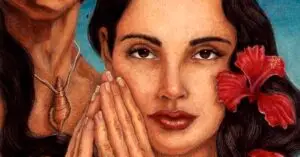
The story of the two lovers who tied their hair together and leapt to their death on Guam was first recorded by French researcher Louis
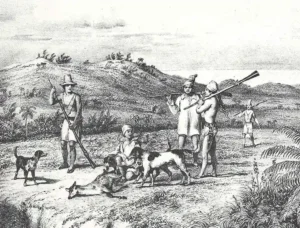
Mens’ role in societies have always been that of protector and provider. In the Mariana Islands, a change in the level of male authority was
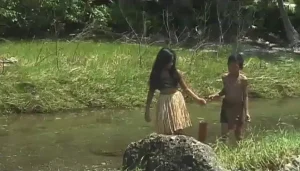
Che’lu is a Chamorro term for a sibling; brother or sister. Mañe’lu is the plural form of che’lu, referring to more than one sibling.
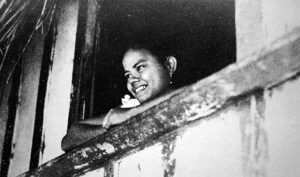
Derived from the Spanish term “soltera” for an unmarried female and “soltero” for an unmarried male, the Chamorized terms “sottera” and “sotteru” are used to
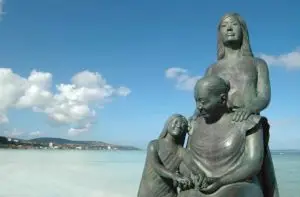
A precise understanding of Chamorro/CHamoru concepts or designations requires a fundamental understanding of the Chamorro worldview, inafa’maolek, which is a social practice of interdependence and
Kantan Chamorita is the contemporary name given to traditional call-and-response, impromptu verse-making. Practitioners refer to the genre as ayotte’, meaning to throw (verses) back and
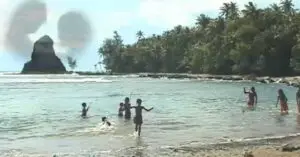
Puntan and Fu’una are the Chamorro/CHamoru creation gods. Puntan, a male, and Fu’una, a female, are brother and sister. The account of their creation of
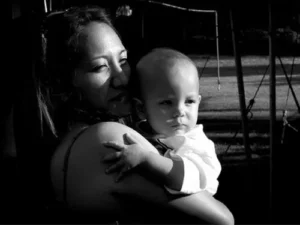
Nina (patlina) and Ninu (patlino) , meaning godmother and godfather in the Mariana Islands, respectively, are borrowed terms from the Spanish padrina and padrino. These
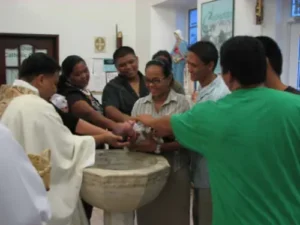
Kumpaire or pari’ is a religious and social term used to describe the relationship between parents and their child’s godfather. The word kumparie was borrowed